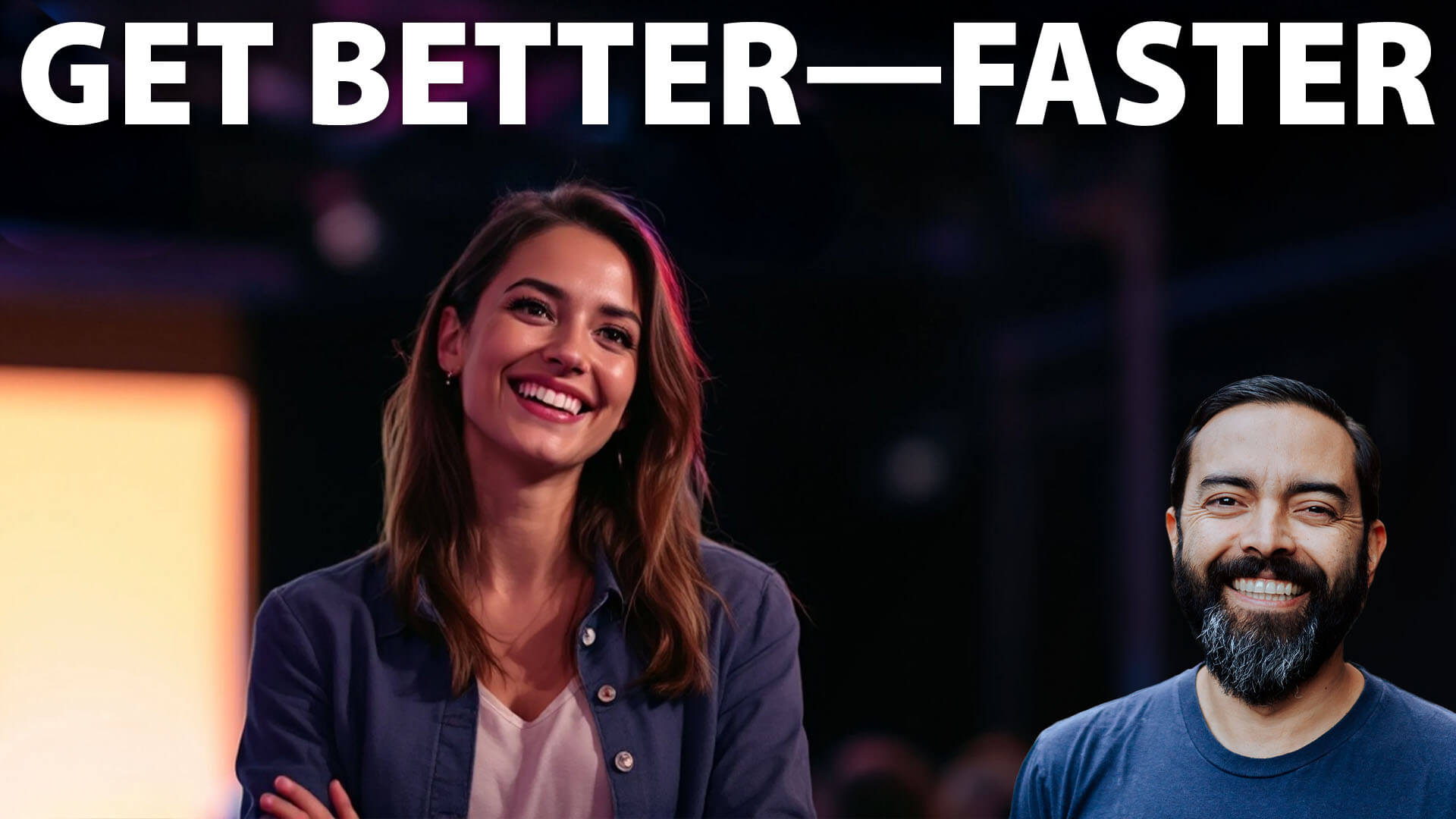HOW TO BE WELL
“Medicine is increasingly a retail prospect.” Health journalist Larocca realizes as much when visiting a New York doctor whose clinic now “looks like somewhere you’d go with a group of girlfriends for brunch.” Underscore “girlfriends,” for Larocca focuses on the health and wellness experiences of women—not just “today’s ideal woman…hopped up on her plant-based diet and elaborate adaptogen regimen,” but also the harried workaday woman who aspires to feeling better psychically and physically. It’s a $5.6 trillion industry, Larocca notes, and a vast portion of the till comes from catering to the idea that everyone can become that ideal woman. Some of that desired “wellness” is attended to by the medical industry, which is increasingly bespoke for those who can afford it: Larocca depicts one members-only clinic with a mere five-minute waiting period, 18 times less than the average ER; such concierge medicine speaks to, in one of her nice, bemused turns of phrase, “something else, something more, some sort of extra health.” Some of that wellness is also the province of specialty groceries. Does anyone remember a time before kale? As it turns out, it’s only been a dozen years or so since kale became groovy. On the matter of grooviness, Larocca is excellent on the New Age aspect of the wellness business, with its mantras and microbiome-supporting organic coffee and mindfulness, which, a longtime practitioner laments, “is usually being refashioned into a banal, therapeutic, self-help technique.” And of course, much of that wellness centers on pharmaceuticals, on prescription diet drugs along with CBD, microdosing, ayahuasca, and all the rest.


“Medicine is increasingly a retail prospect.” Health journalist Larocca realizes as much when visiting a New York doctor whose clinic now “looks like somewhere you’d go with a group of girlfriends for brunch.” Underscore “girlfriends,” for Larocca focuses on the health and wellness experiences of women—not just “today’s ideal woman…hopped up on her plant-based diet and elaborate adaptogen regimen,” but also the harried workaday woman who aspires to feeling better psychically and physically. It’s a $5.6 trillion industry, Larocca notes, and a vast portion of the till comes from catering to the idea that everyone can become that ideal woman. Some of that desired “wellness” is attended to by the medical industry, which is increasingly bespoke for those who can afford it: Larocca depicts one members-only clinic with a mere five-minute waiting period, 18 times less than the average ER; such concierge medicine speaks to, in one of her nice, bemused turns of phrase, “something else, something more, some sort of extra health.” Some of that wellness is also the province of specialty groceries. Does anyone remember a time before kale? As it turns out, it’s only been a dozen years or so since kale became groovy. On the matter of grooviness, Larocca is excellent on the New Age aspect of the wellness business, with its mantras and microbiome-supporting organic coffee and mindfulness, which, a longtime practitioner laments, “is usually being refashioned into a banal, therapeutic, self-help technique.” And of course, much of that wellness centers on pharmaceuticals, on prescription diet drugs along with CBD, microdosing, ayahuasca, and all the rest.















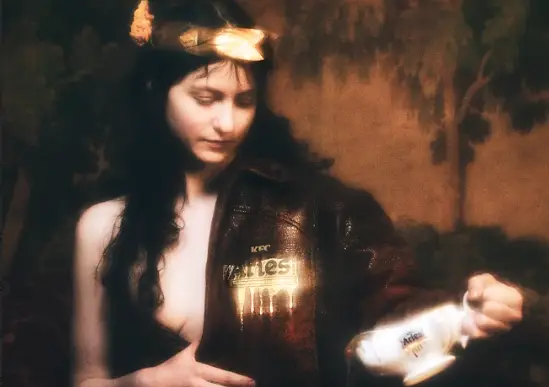

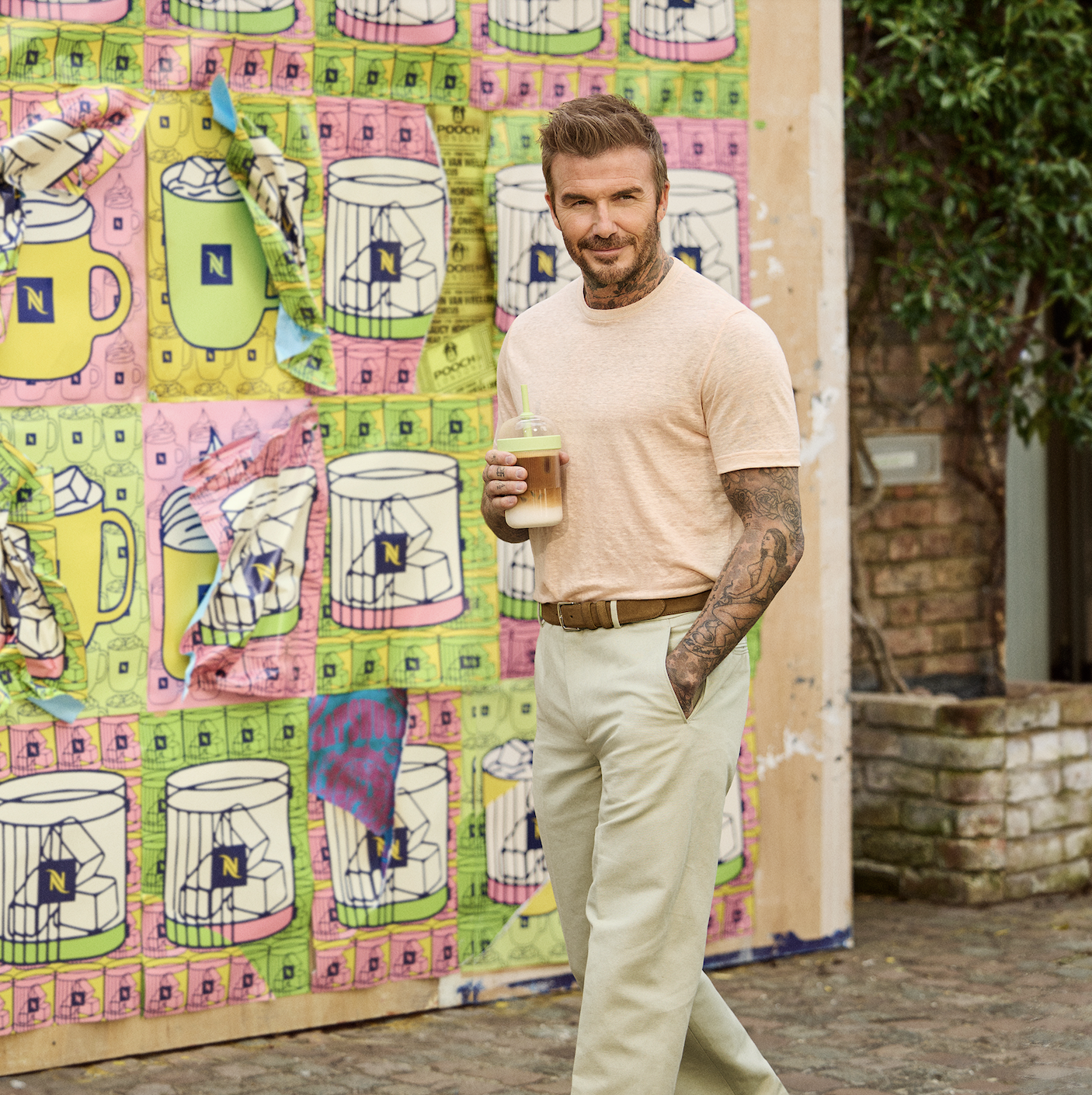








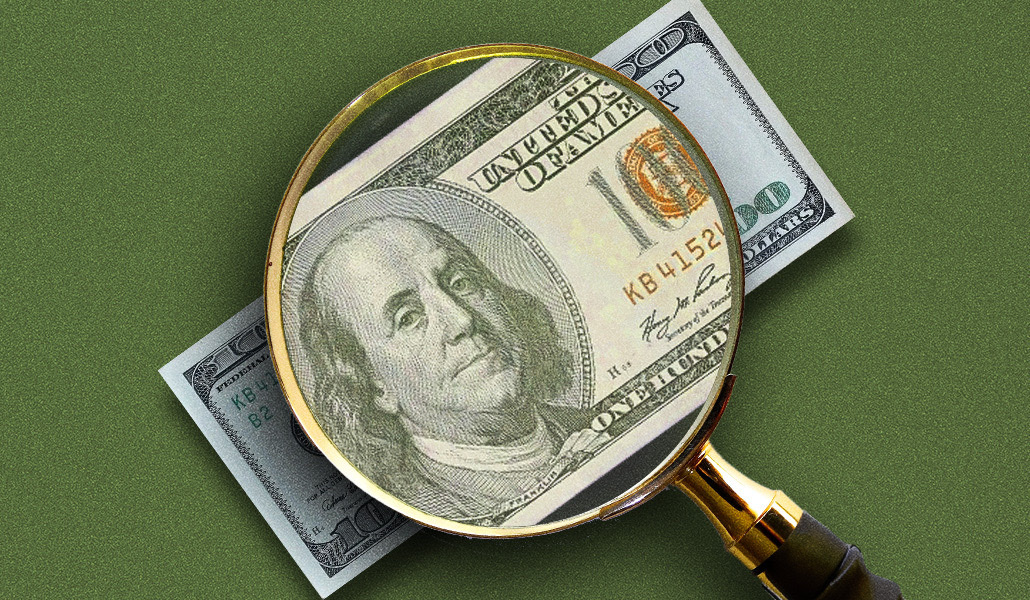
![How To Launch, Grow, and Scale a Community That Supports Your Brand [MozCon 2025 Speaker Series]](https://moz.com/images/blog/banners/Mozcon2025_SpeakerBlogHeader_1180x400_Areej-abuali_London.png?auto=compress,format&fit=crop&dm=1747732165&s=beb7825c980a8c74f9a756ec91c8d68b#)
![Clicks Don’t Pay the Bills: Use This Audit Framework To Prove Content Revenue [Mozcon 2025 Speaker Series]](https://moz.com/images/blog/banners/Mozcon2025_SpeakerBlogHeader_1180x400_Hellen_London.png?auto=compress,format&fit=crop&dm=1747758249&s=9f3c5b1b7421f862beace1cb513053bb#)
![How To Create an Integrated Strategy That Increases Brand Mentions and Visibility [Mozcon 2025 Speaker Series]](https://moz.com/images/blog/banners/Mozcon2025_SpeakerBlogHeader_1180x400_JamesH_London.png?auto=compress,format&fit=crop&dm=1747780409&s=9bf9f0a2623b4a8be6eaf8f235115505#)

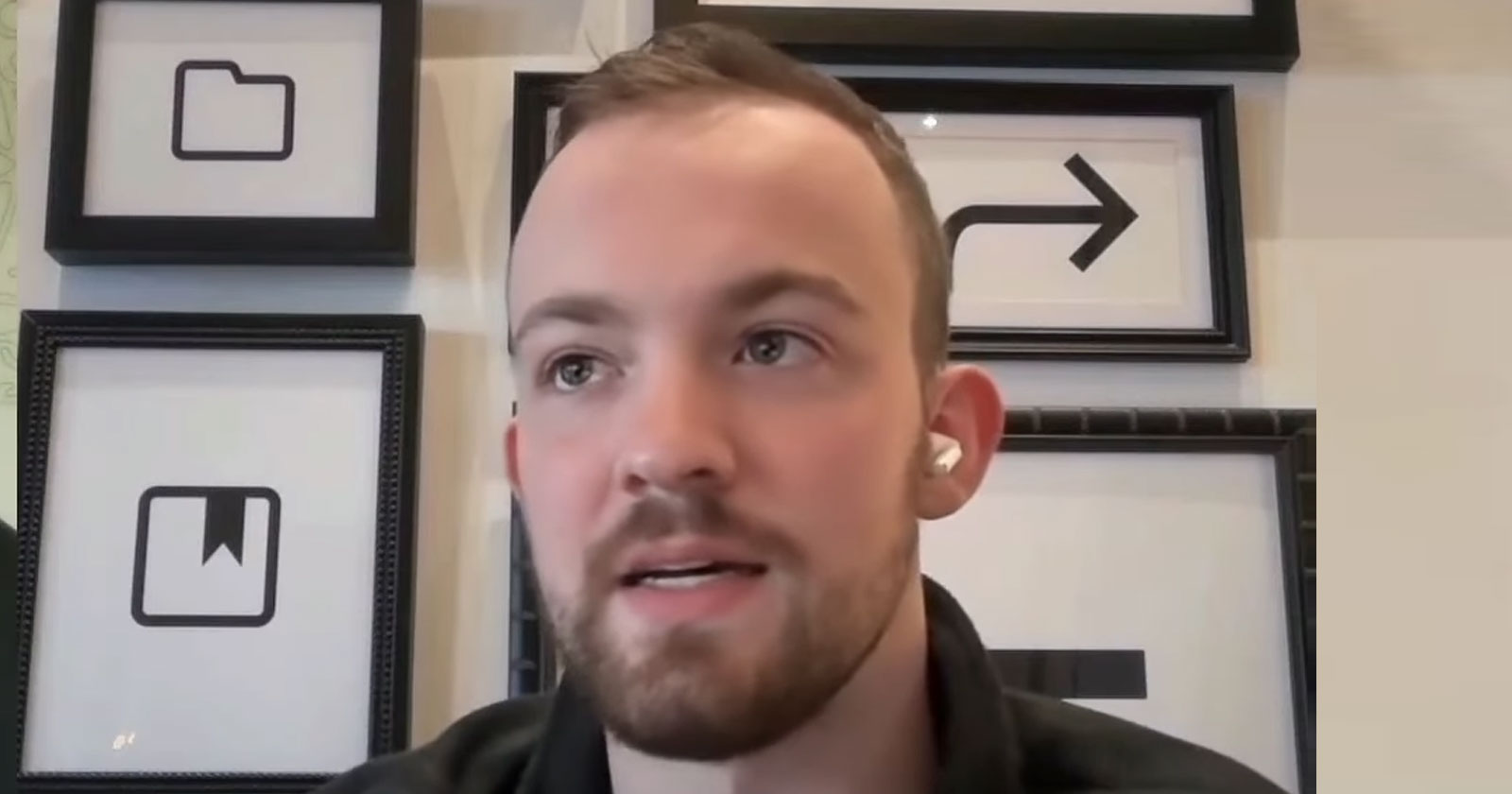







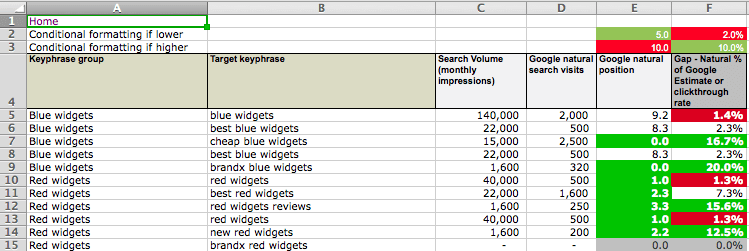
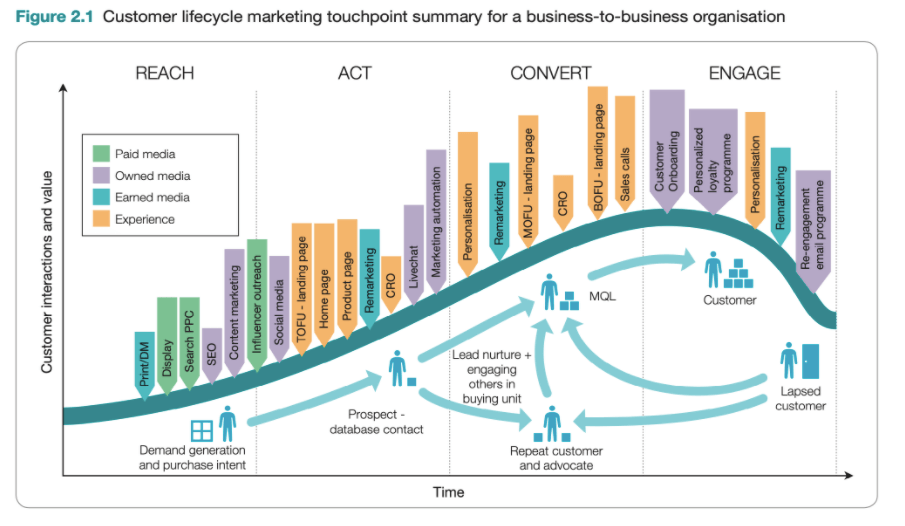










![The 11 Best Landing Page Builder Software Tools [2025]](https://www.growthmarketingpro.com/wp-content/uploads/2024/04/best-landing-page-software-hero-image-1024x618.png?#)










































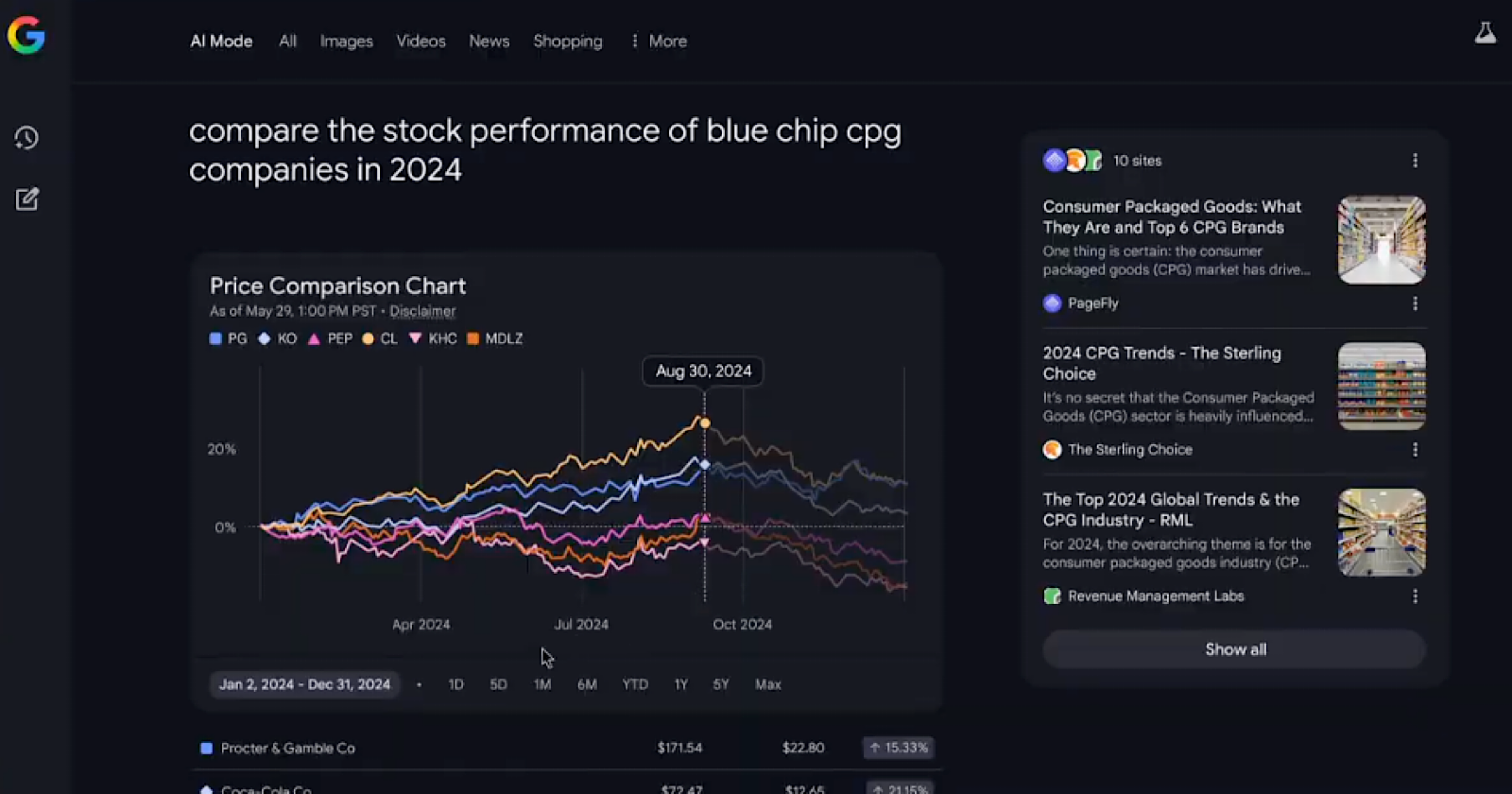






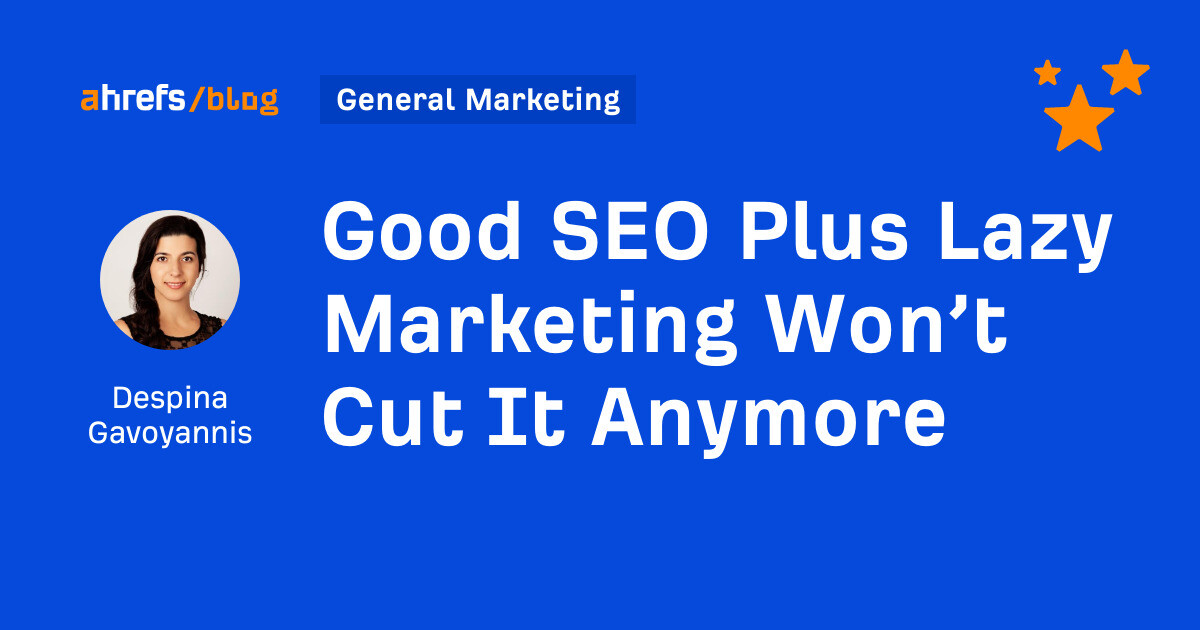




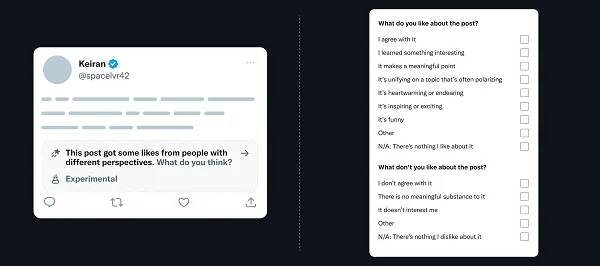
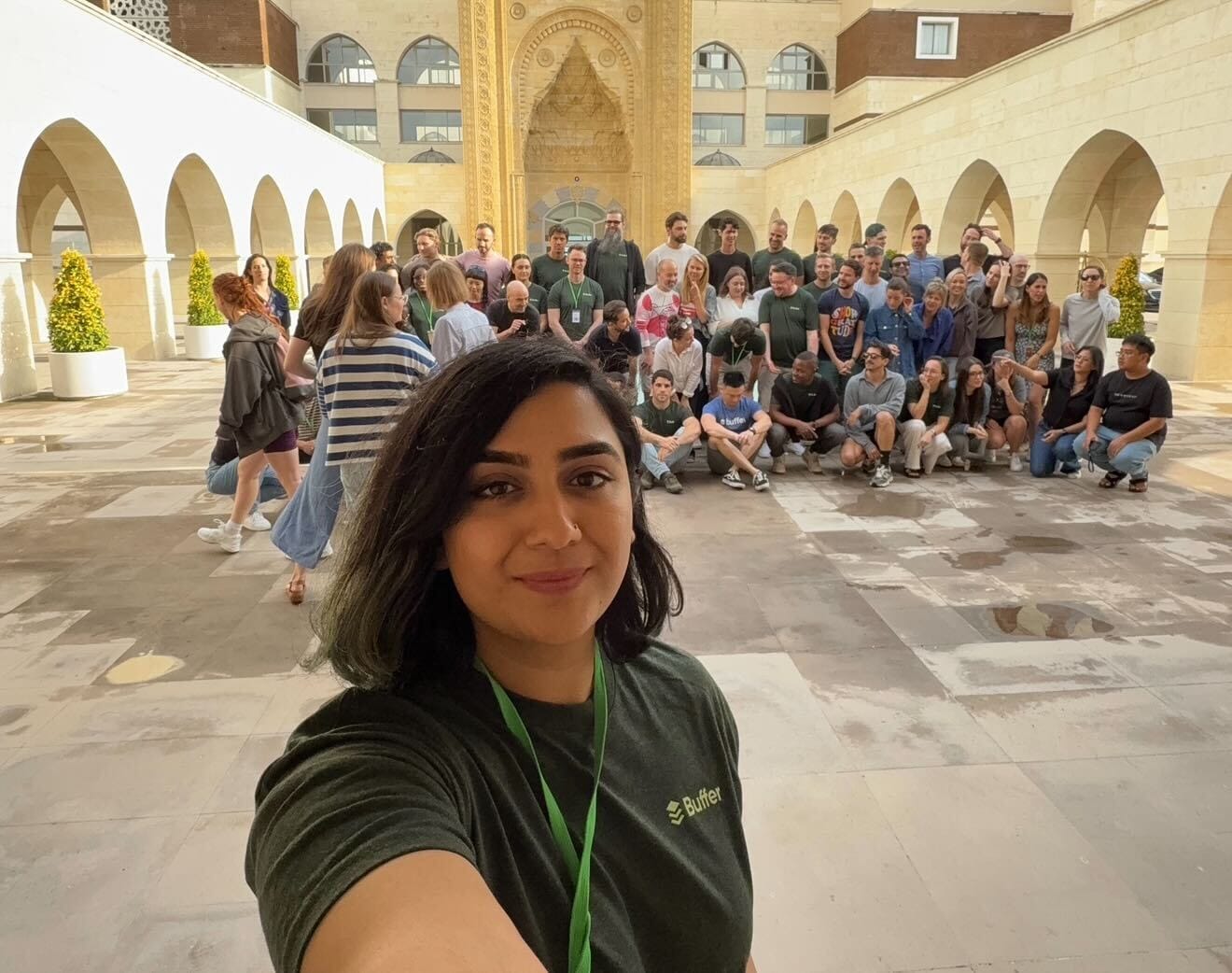

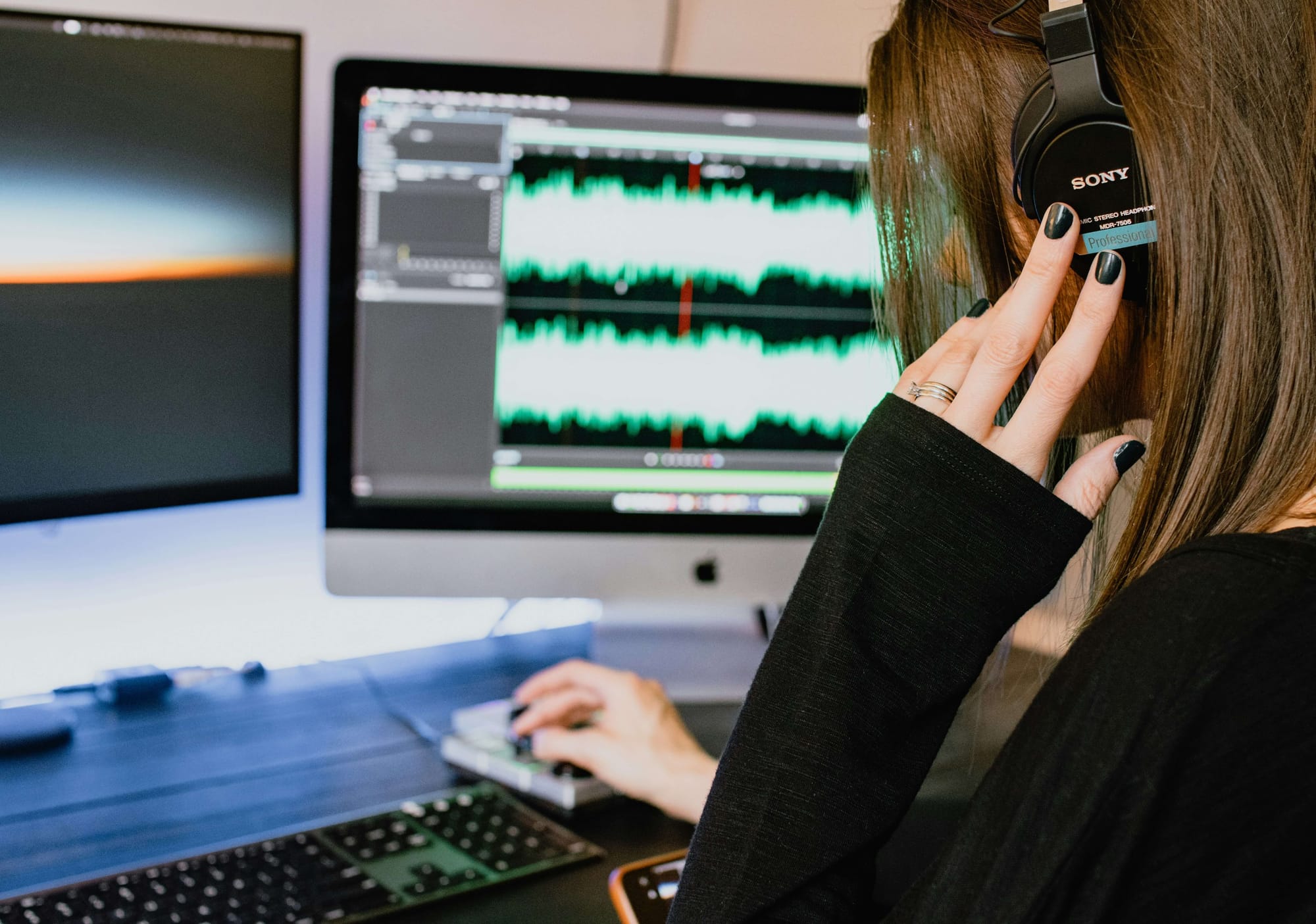
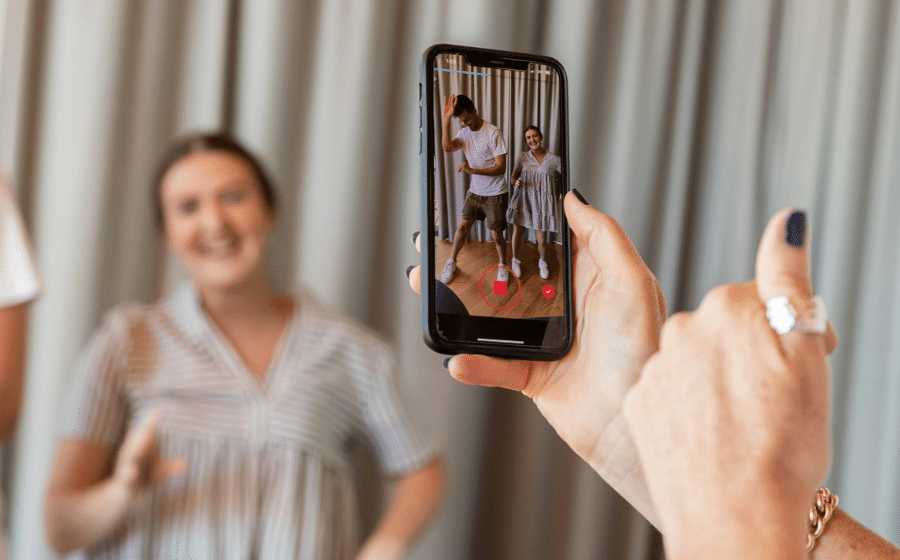
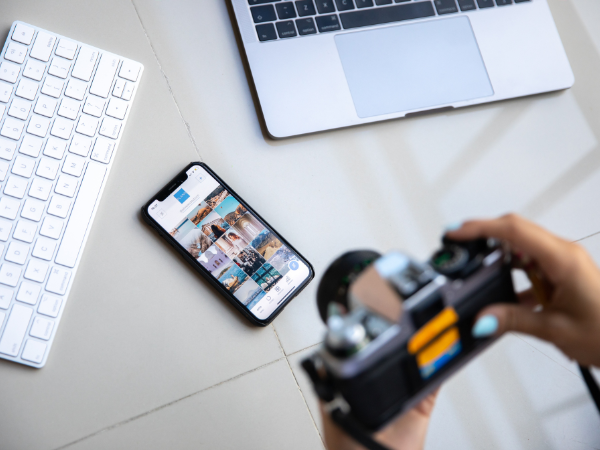





![Social media image sizes for all networks [June 2025]](https://blog.hootsuite.com/wp-content/uploads/2023/01/Social-Media-Image-Sizes-2023.png)

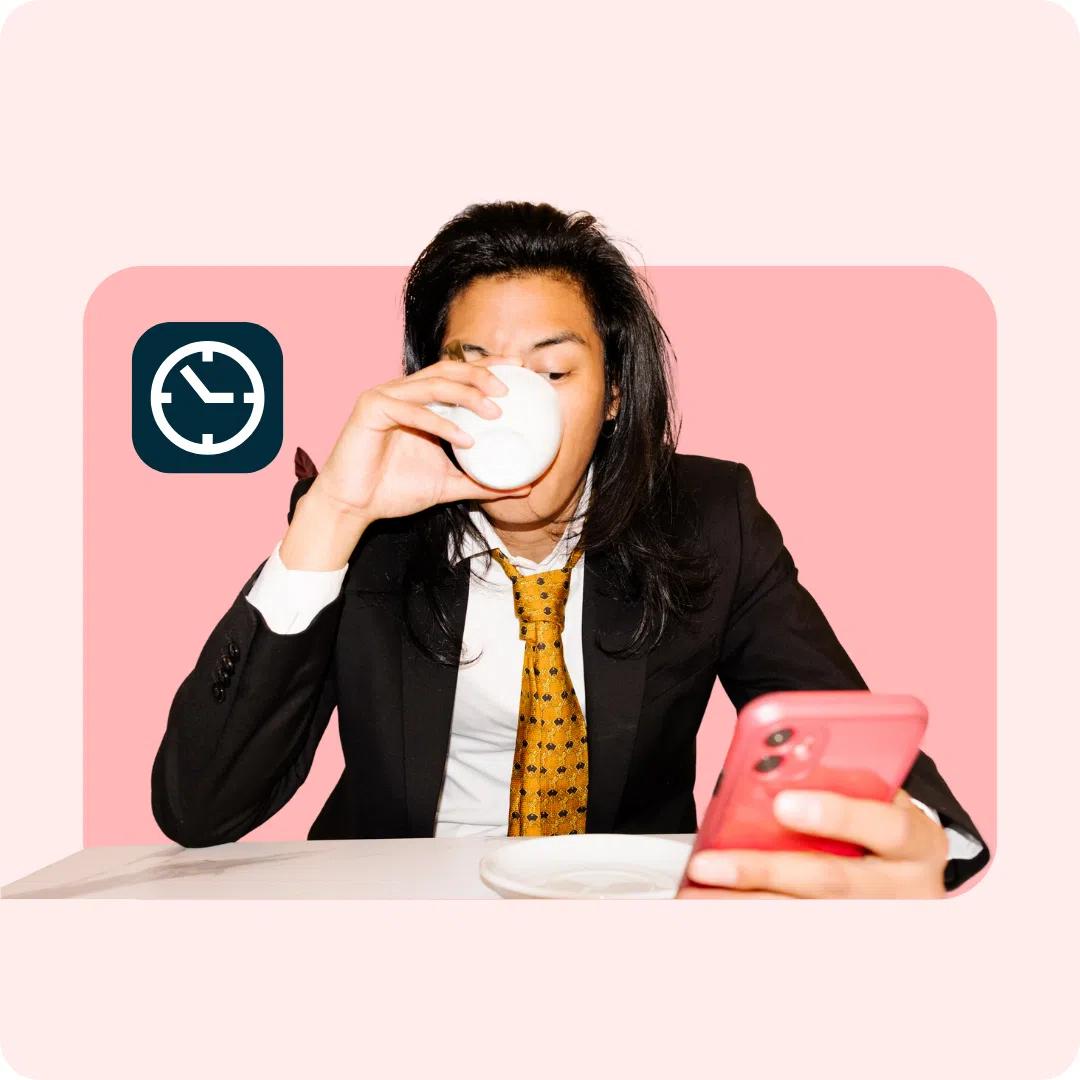
![41 Instagram features, hacks, & tips everyone should know about [new data]](https://www.hubspot.com/hubfs/Instagram-hacks-1-20240916-2633447.webp)







